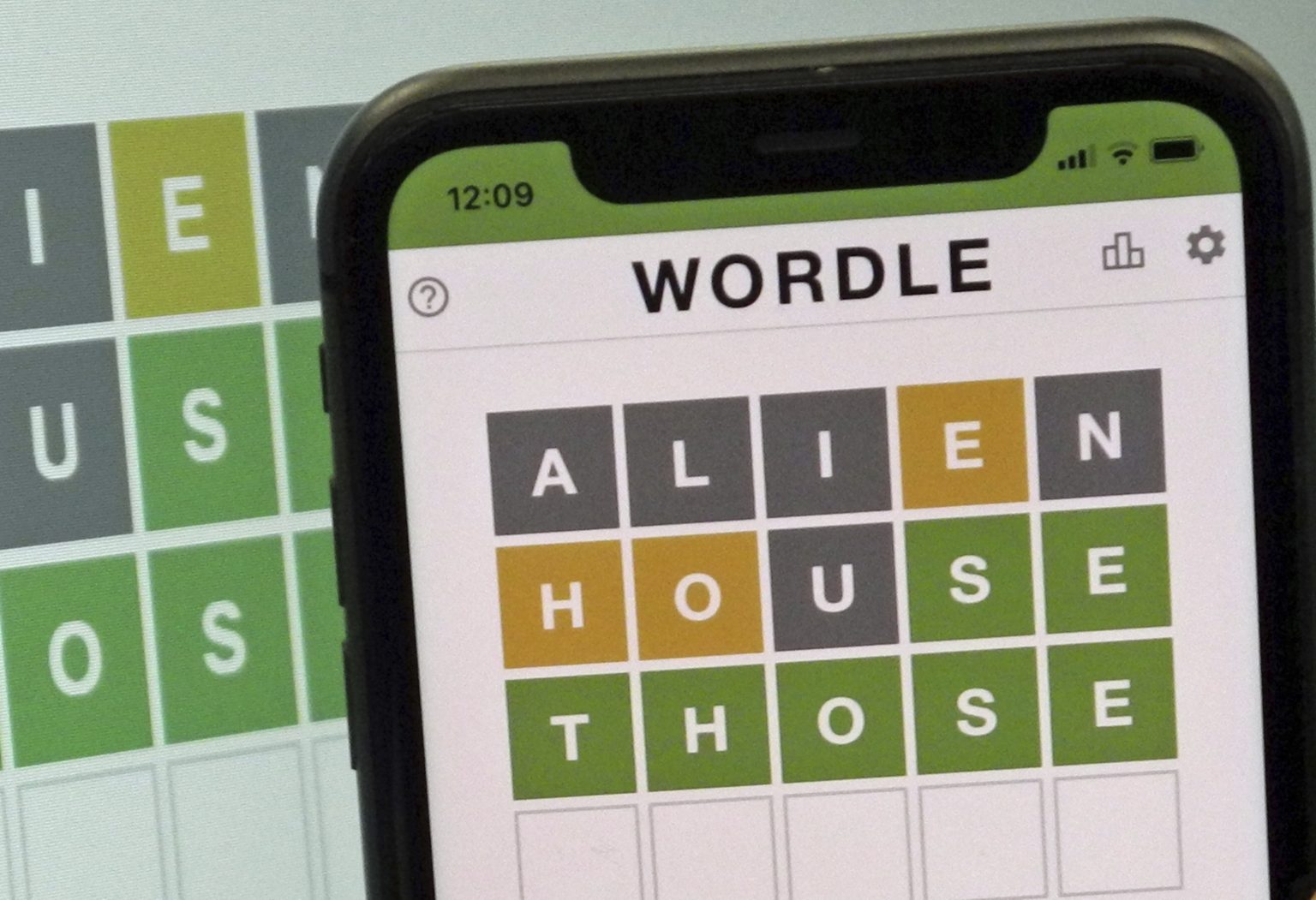Wordle, the captivating word puzzle game, has taken the world by storm since its inception in January 2021 by Josh Wardle. Its simple yet engaging mechanics quickly propelled it from a niche pastime to a global phenomenon, amassing over two million players within a year. This meteoric rise captured the attention of The New York Times, leading to its acquisition in early 2022. The game’s premise revolves around deciphering a five-letter word within six attempts, using color-coded feedback as a guide. Green indicates a correct letter in the correct position, yellow signifies a correct letter misplaced, and gray reveals an incorrect letter. This carefully calibrated balance of challenge and solvability, as explained by Wardle, provides players with a satisfying sense of accomplishment upon cracking the daily code.
The selection of the initial guess plays a pivotal role in Wordle strategy. Experts like Erhan Aslan, an applied linguistics expert, advocate for starting with words containing common vowels like ‘e’ and ‘a,’ and frequently used consonants such as ‘r’ and ‘t.’ This approach maximizes the information gleaned from the color-coded feedback. Conversely, initiating the game with less common letters like ‘q,’ ‘z,’ ‘j,’ or ‘x’ limits the potential insights gained. Aslan emphasizes the importance of phonics knowledge, using feedback to eliminate possibilities and progressively narrow down the solution. Each guess should be a calculated move, leveraging the feedback to optimize the subsequent attempts.
This strategic element distinguishes Wordle from mere guessing games. It encourages players to think analytically, considering letter frequency, phonetic patterns, and positional clues. The game’s structure promotes a systematic approach, where each guess contributes to a more informed subsequent attempt. This iterative process of deduction and refinement lies at the heart of Wordle’s appeal, transforming a simple word puzzle into a stimulating exercise in logic and linguistic awareness.
For those struggling with a particular Wordle puzzle, hints can provide valuable guidance without revealing the answer outright. Clues can take various forms, such as hinting at the word’s semantic field, providing synonyms, revealing the starting and ending letters, or indicating the number of vowels. These hints serve as stepping stones, nudging players towards the solution while still preserving the challenge and the satisfaction of discovery. In the case of the January 5th Wordle #1,296, the clues progressively unveiled aspects of the word “cyber,” referencing its connection to Doctor Who villains, its association with internet crime, its synonyms like “electronic” and “virtual,” its consonant bookends, and its single vowel.
The allure of Wordle stems from its accessibility, its daily ritualistic nature, and the shared experience it fosters. The game’s simplicity ensures a broad appeal, transcending age and background. The daily reset mechanic creates a sense of community, as players around the world tackle the same puzzle each day. This shared experience generates discussion and friendly competition, further amplifying the game’s social dimension. The limited number of attempts adds a touch of pressure, heightening the sense of accomplishment when the correct word is unveiled.
Wordle has seamlessly integrated itself into the daily routines of millions, providing a brief yet engaging mental workout. Its popularity speaks volumes about the human desire for intellectual stimulation, even in small doses. The game’s success lies not only in its clever mechanics but also in its ability to create a sense of community and shared achievement. This combination of factors has solidified Wordle’s position as a modern-day puzzle phenomenon, capturing the imagination of a global audience. While the specific answer to a given Wordle puzzle is ephemeral, the enjoyment and intellectual stimulation it provides are enduring.

